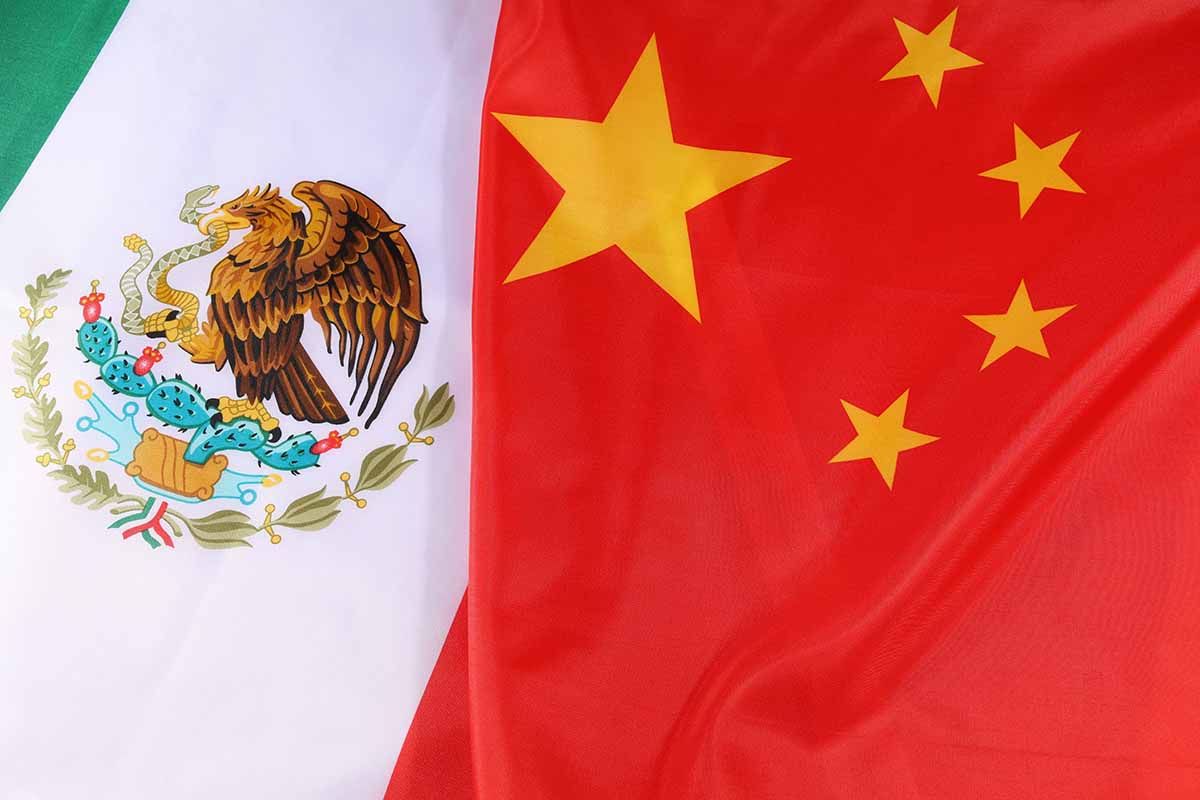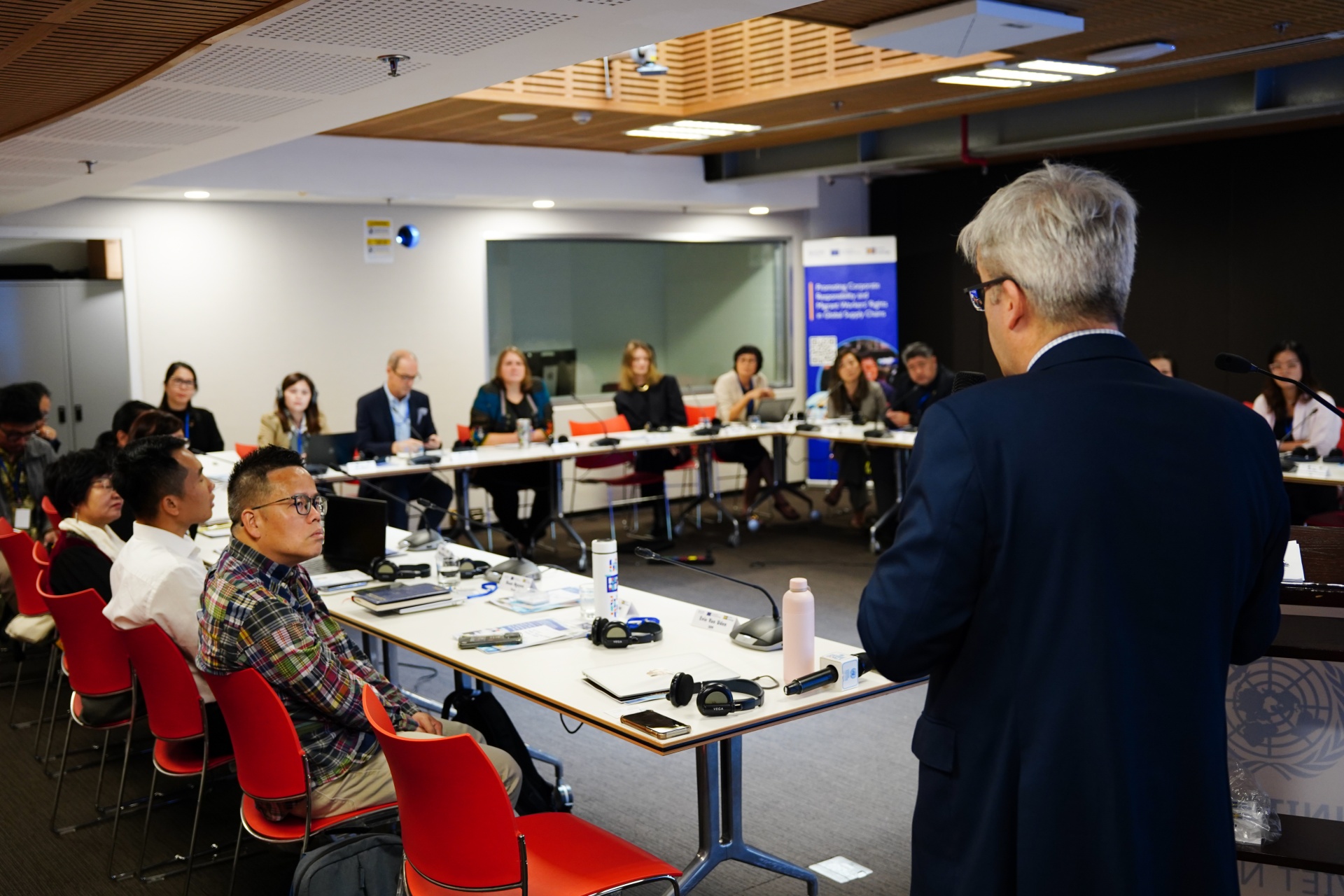APR alliance aligns global packaging design guidance – Resource-Recycling

Report on Global Collaboration for Sustainable Plastic Packaging Design Aligned with UN SDGs
Introduction: Advancing SDG 12 through International Cooperation
A significant initiative to advance the principles of a circular economy and support United Nations Sustainable Development Goal 12 (Responsible Consumption and Production) is underway. The Association of Plastic Recyclers (APR) has expanded the global reach of its Design Guide for recyclable packaging through strategic translations and partnerships. This effort aims to create globally aligned standards for plastic packaging design, ensuring materials are designed for recyclability from their inception, thereby reducing waste and promoting sustainable production patterns.
Key Development: Dissemination of Recyclability Guidelines
The core of this initiative is the translation and adaptation of the APR Design Guide for key international markets. This directly contributes to building sustainable industrial practices on a global scale.
- Spanish Translation: Completed in partnership with Mexico’s ECOCE.
- Mandarin Translation: Developed with the China National Resource Recycling Association (CRRA) and the Research Institute for Environmental Innovation (Suzhou), Tsinghua (RIET).
- French Translation: Previously completed to support producer responsibility organizations in Québec, Canada.
Strategic Partnerships for the Goals (SDG 17)
This project exemplifies the power of international collaboration as outlined in SDG 17 (Partnerships for the Goals). By uniting organizations from North America and Asia, the initiative fosters a shared commitment to building a circular economy and improving plastic recycling worldwide.
- Association of Plastic Recyclers (APR): Spearheaded the initiative to align global design standards. Steve Alexander, President and CEO, emphasized that a shared commitment to a circular economy drives these partnerships.
- ECOCE (Mexico): Jorge Terrazas, General Manager, highlighted that sharing knowledge and aligning standards is key to accelerating the circular economy and building a sustainable future.
- CRRA (China): Yonggang Wang, Secretary General, noted the guide’s importance for understanding North American standards and announced CRRA’s development of a Chinese standard system for a full-chain traceability management mechanism.
- RIET (China): Vice President Xin Yao recognized the importance of international collaboration for exchanging technical expertise and building alignment on recyclability standards.
Contribution to Sustainable Infrastructure and Innovation (SDG 9)
The initiative directly supports SDG 9 (Industry, Innovation, and Infrastructure) by promoting the adoption of innovative and sustainable industrial processes. A critical aspect of the translated guides is their modification to account for variations in the local recycling infrastructure of Mexico and China. This tailored approach ensures the guidelines are practical and effective, fostering technological upgrades and enhancing the sustainability of national recycling systems.
Broader Impact on Sustainable Development Goals
The alignment of plastic packaging design with recyclability principles has far-reaching implications for multiple SDGs:
- SDG 11 (Sustainable Cities and Communities): By improving the recyclability of plastics, this effort helps create more effective urban waste management systems, reducing landfill dependency.
- SDG 12 (Responsible Consumption and Production): The initiative is a direct implementation of circular economy principles, promoting sustainable management and efficient use of natural resources.
- SDG 14 (Life Below Water) and SDG 15 (Life on Land): Enhancing plastic recycling is a crucial step in mitigating plastic pollution, which poses a significant threat to marine and terrestrial ecosystems.
Sustainable Development Goals (SDGs) Addressed in the Article
-
SDG 12: Responsible Consumption and Production
The article’s central theme is the promotion of sustainable practices in the plastics industry. By creating and sharing a “design guide for recyclable packaging,” the organizations involved are directly working to ensure sustainable consumption and production patterns. The goal is to create a “circular economy” for plastics, which involves reducing waste through better design and increased recycling.
-
SDG 17: Partnerships for the Goals
The article is a clear example of international and multi-stakeholder partnerships. It details the collaboration between the U.S.-based Association of Plastic Recyclers (APR), Mexico’s ECOCE, and China’s CRRA and RIET. This partnership aims to “align plastic design for recyclability across the globe” by sharing knowledge and expertise, which is the essence of SDG 17.
-
SDG 9: Industry, Innovation, and Infrastructure
The initiative addresses industrial processes and infrastructure. The “APR Design Guide” is an innovation aimed at making the plastics industry more sustainable. The article explicitly mentions that the guide includes “modifications to account for differences in recycling infrastructure in Mexico and China,” highlighting the connection between industrial design, innovation, and the physical infrastructure required for recycling.
-
SDG 11: Sustainable Cities and Communities
By improving the recyclability of plastic packaging, this initiative contributes to better municipal waste management systems. Effective recycling reduces the amount of plastic waste that ends up in landfills or pollutes urban environments, thus helping to reduce the adverse environmental impact of cities.
Specific SDG Targets Identified
-
SDG 12: Responsible Consumption and Production
- Target 12.5: By 2030, substantially reduce waste generation through prevention, reduction, recycling and reuse. The entire purpose of the “APR Design Guide” is to improve the design of plastic packaging to make it more recyclable. This directly supports the goal of reducing waste by increasing the efficiency and volume of plastic recycling. The article mentions a “shared commitment to building a circular economy and improving plastic recycling” as the driving force.
-
SDG 17: Partnerships for the Goals
- Target 17.16: Enhance the global partnership for sustainable development, complemented by multi-stakeholder partnerships that mobilize and share knowledge, expertise, technology and financial resources. The article is a case study for this target, describing the partnership between APR, ECOCE, CRRA, and RIET to “exchange technical expertise” and “align recycling standards” by translating and adapting the design guide.
- Target 17.17: Encourage and promote effective public, public-private and civil society partnerships. The collaboration detailed in the article is between industry associations and research institutes, representing a civil society/private sector partnership across international borders to achieve a common sustainability goal.
-
SDG 9: Industry, Innovation, and Infrastructure
- Target 9.4: By 2030, upgrade infrastructure and retrofit industries to make them sustainable, with increased resource-use efficiency and greater adoption of clean and environmentally sound technologies and industrial processes. The design guide is a tool to help the packaging industry adopt more environmentally sound processes. The mention of CRRA “building a Chinese standard system for easy recycling and regeneration” points directly to upgrading industrial processes for sustainability.
-
SDG 11: Sustainable Cities and Communities
- Target 11.6: By 2030, reduce the adverse per capita environmental impact of cities, including by paying special attention to air quality and municipal and other waste management. Improving the recyclability of plastics is a key strategy for enhancing municipal waste management and reducing the volume of plastic waste that negatively impacts urban environments.
Indicators for Measuring Progress
-
Implied Indicators for SDG 12 (Target 12.5)
- National recycling rate: While not stating a specific number, the goal of “improving plastic recycling” implies that an increase in the recycling rate of plastic packaging would be a key measure of success.
- Adoption of design-for-recyclability standards: The number of companies or the volume of packaging produced following the APR Design Guide would be a direct indicator of progress.
- Traceability of materials: The article mentions that the CRRA is building a “full-chain traceability management mechanism covering design, recycling, regeneration and certification.” This mechanism itself is an indicator system designed to track the flow of recyclable materials.
-
Mentioned Indicators for SDG 17 (Target 17.16)
- Number of international partnerships for sustainable technology: The article itself documents one such partnership between organizations in the U.S., Mexico, and China. The existence and functioning of this collaboration is a direct indicator.
- Global alignment of standards: The stated goal to “align plastic design for recyclability across the globe” and the translation of the guide into Spanish, Mandarin, and French are indicators of progress toward a harmonized international standard.
Summary of SDGs, Targets, and Indicators
| SDGs | Targets | Indicators Identified in the Article |
|---|---|---|
| SDG 12: Responsible Consumption and Production | Target 12.5: Substantially reduce waste generation through prevention, reduction, recycling and reuse. | Implied: Increased recycling rate of plastic packaging; Adoption of the “APR Design Guide”; Establishment of a “full-chain traceability management mechanism.” |
| SDG 17: Partnerships for the Goals | Target 17.16: Enhance the global partnership for sustainable development… that mobilize and share knowledge, expertise, technology… | Mentioned: The partnership between APR (U.S.), ECOCE (Mexico), CRRA (China), and RIET (China); Translation of the design guide into multiple languages (Spanish, Mandarin, French) to share knowledge. |
| SDG 9: Industry, Innovation and Infrastructure | Target 9.4: Upgrade infrastructure and retrofit industries to make them sustainable… with greater adoption of clean and environmentally sound… industrial processes. | Implied: Adoption of the design guide as a new industrial process; Building a “Chinese standard system for easy recycling and regeneration.” |
| SDG 11: Sustainable Cities and Communities | Target 11.6: Reduce the adverse per capita environmental impact of cities, including by paying special attention to… municipal and other waste management. | Implied: Reduction in plastic waste sent to landfills due to improved recyclability and better municipal waste management. |
Source: resource-recycling.com
What is Your Reaction?
 Like
0
Like
0
 Dislike
0
Dislike
0
 Love
0
Love
0
 Funny
0
Funny
0
 Angry
0
Angry
0
 Sad
0
Sad
0
 Wow
0
Wow
0



















































.jpg.webp?itok=0ZsAnae9#)






/environment-climate-change-and-health-(ech)/water-sanitation-hygiene-and-health-(wsh)/landfill-tuvalu-36092.tmb-1200v.jpg?sfvrsn=5c21fe40_1#)



















